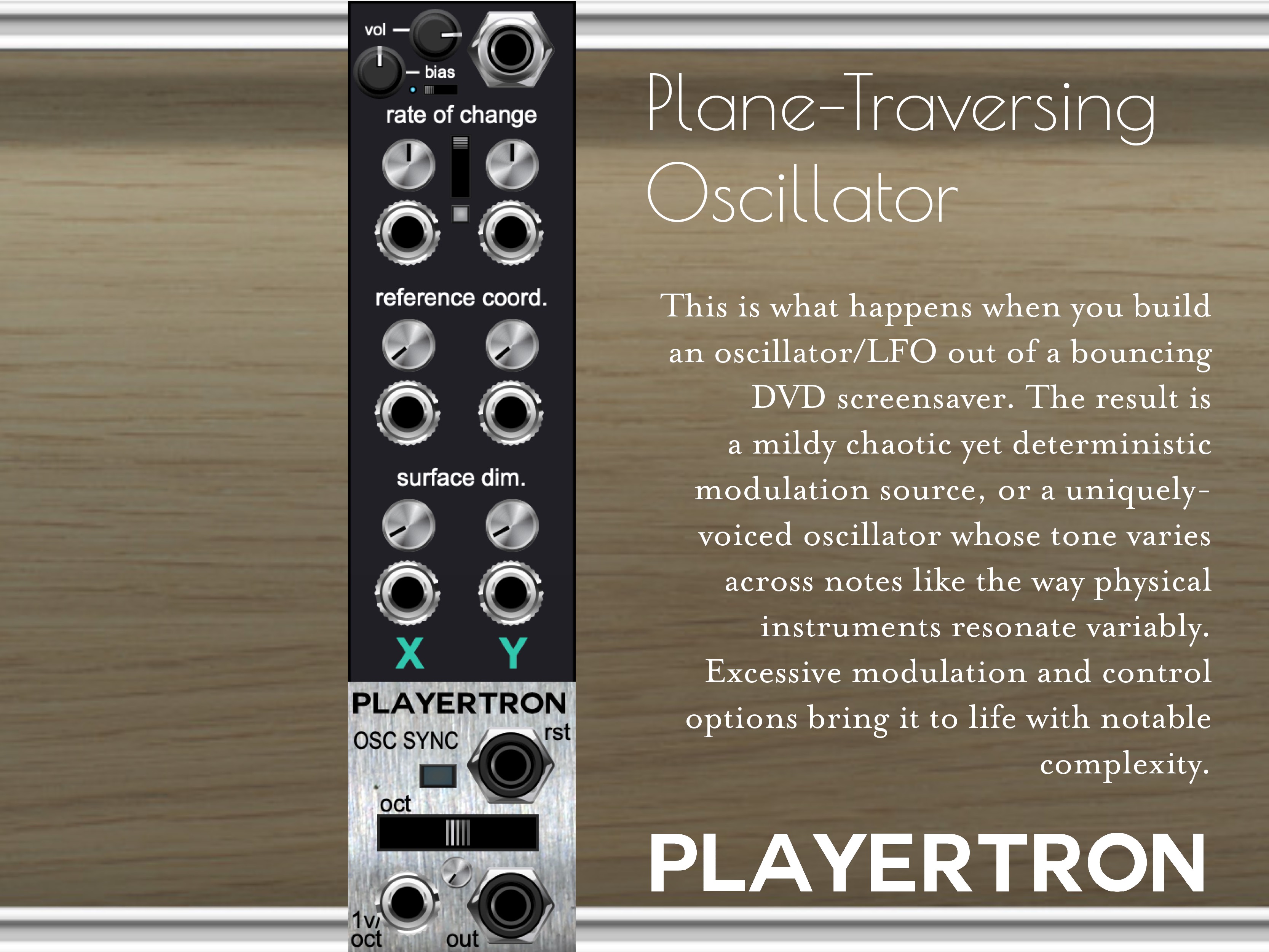Or Get It As Part of Electric Breath Oscillator Collection
$10.99 $20.00
Or Get It As Part of Electric Breath Oscillator Collection
What do you get when you convert analog to analog (not a typo) with a digital converter and then model that device on a computer? Well, this.
It's an oscillator which repurposes a resistor ladder DAC circuit with variable pulse-width/scalable amplitude pulse waves, which can be summed to create a field of interesting waveforms. It's a little bit like Walsh functions, but actually its own thing. And, while all that might be kind of interesting to an engineer, the real point is that you can make a lot of rich sounds that can mutate into other sounds and whose parts can be separately processed (it has individual outputs) before summing, so you can take the toolkit to a waveform's innards.
8 pulse waves have harmonic relationships to each other (and to the pitch cv input) and they have individual outputs. You can sum these (simply connect them to the same destination) to produce a full waveform. You needn't use all of them, and you can individually vary their pulse widths and amplitudes (which can be negative) via the onboard dials or via CV. A RND button (red) lets you randomize the settings for quick exploration, and the big blue button lets you shut down the modulation when you need to get a hold of things. At default settings, the outputs sum to produce something of a stepped saw wave.
There's an onboard amp which can be directly connected to an envelope generator, and you can set/modulate fine and coarse tuning controls (the coarse tune dial also has handy neighboring buttons which double and halve the pitch for octave adjustment). You can sync the oscillator at the "R" (for reset) jack too.
It's additive, noisy, digital-ish but not-ish, and it offers a fresh take on the oscillator, for your sonic invention.









































































































